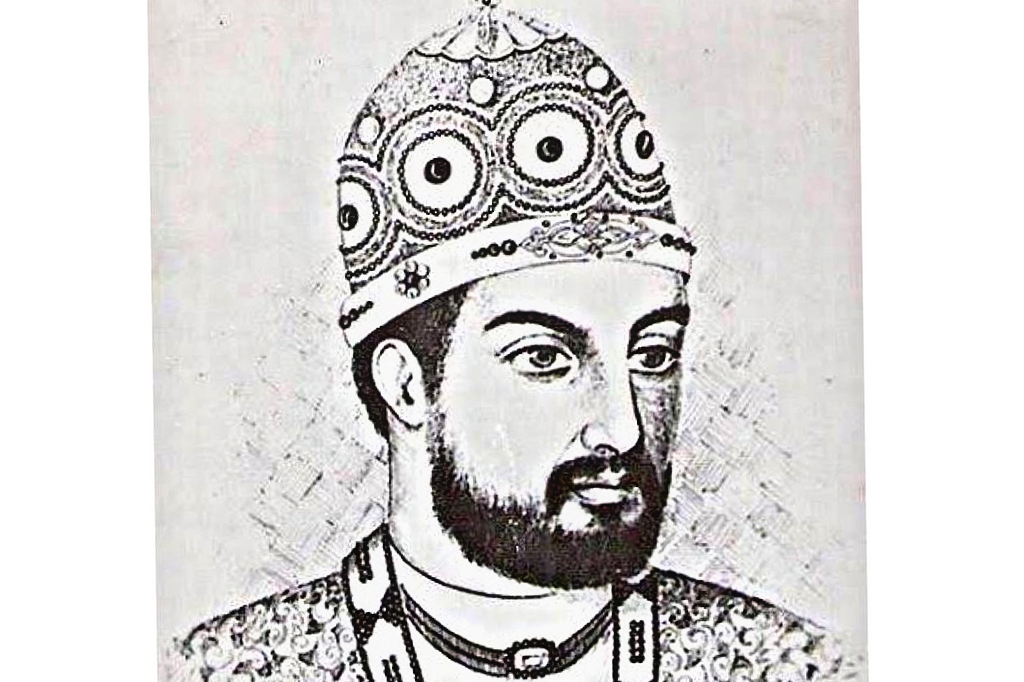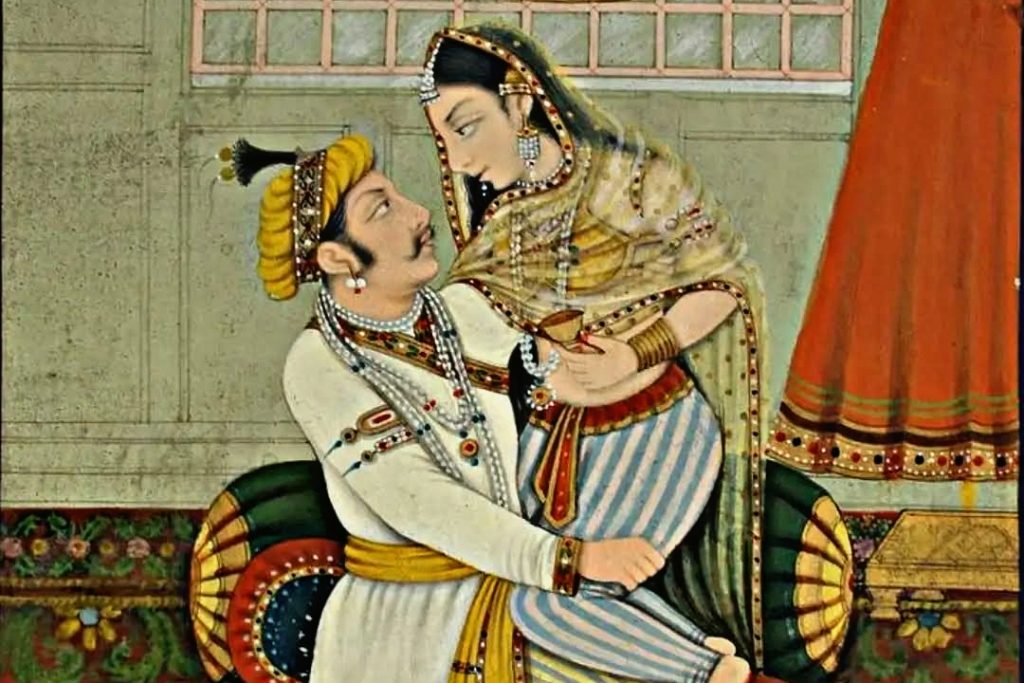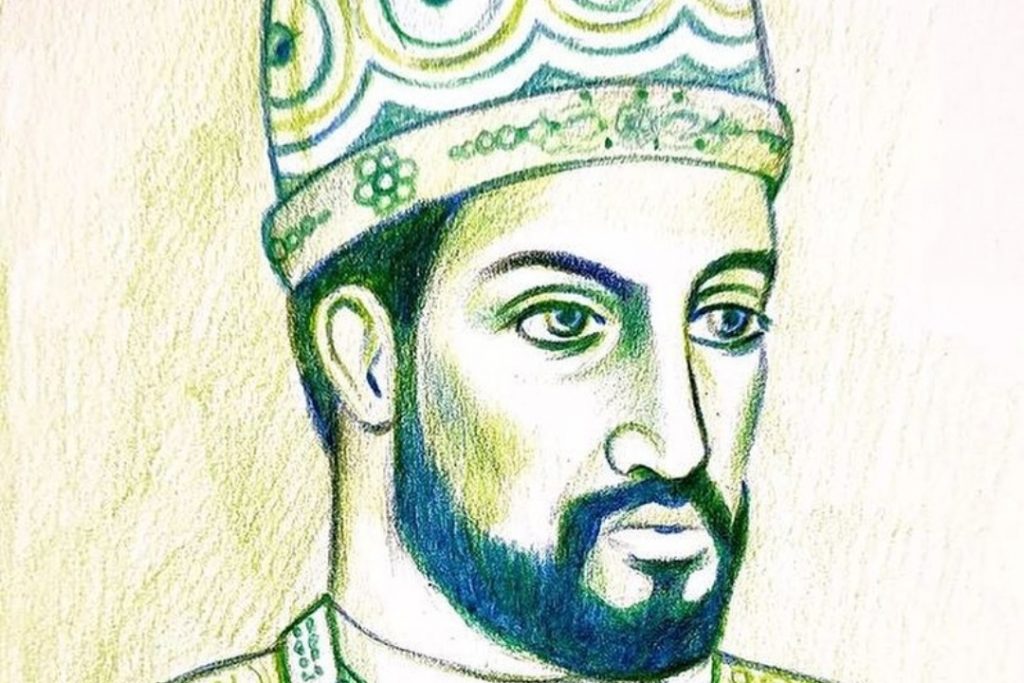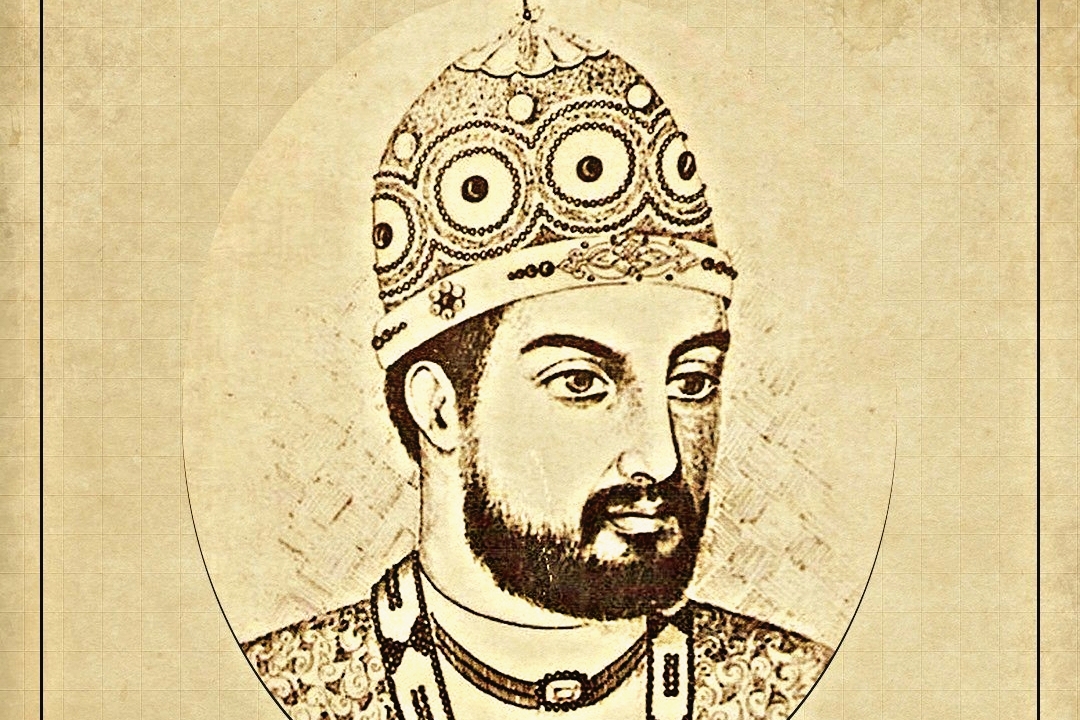Alauddin Khalji, one of the most illustrious and controversial rulers in Indian history, reigned as the Sultan of Delhi from 1296 to 1316. His name is often synonymous with ambition, administrative prowess, and military brilliance. Alauddin Khalji is remembered for his far-reaching reforms, territorial conquests, and determination to establish a centralized state. This article explores the life, achievements, and legacy of Alauddin Khalji, delving into the numerous facets of his rule that left an indelible mark on Indian history.
Early Life and Rise to Power
Alauddin Khalji was born in 1266 as Ali Gurshasp, in the Khalji dynasty that originated from Afghan-Turkic roots. The Khaljis, who succeeded the Mamluks, were considered outsiders by the more established Turkic nobility of Delhi. Alauddin Khalji rose to prominence under the reign of his uncle and father-in-law, Jalaluddin Khalji, the founder of the Khalji dynasty.
Alauddin served as the governor of Kara, near Allahabad, under Jalaluddin’s rule. In 1296, after a successful expedition in Devagiri (modern-day Maharashtra), Alauddin Khalji declared himself Sultan and orchestrated the assassination of Jalaluddin. This marked the beginning of his tumultuous yet transformative reign as Sultan.

Military Conquests
Alauddin Khalji’s reign is distinguished by his remarkable military campaigns that expanded the Delhi Sultanate to unprecedented territorial limits. His military strategy, leadership, and use of innovative warfare techniques set him apart as one of the most formidable rulers of medieval India.
Conquest of Northern India
Alauddin Khalji first focused on consolidating his power in northern India. He subdued the Rajput kingdoms of Gujarat, Ranthambore, and Chittorgarh, known for their valor and resistance. His campaigns against the Rajputs are particularly notable for the Siege of Chittorgarh in 1303, where he faced the legendary Rajput king Rana Ratan Singh. Despite fierce resistance, Alauddin emerged victorious, demonstrating his military acumen and tenacity.
Southern Expeditions
Alauddin Khalji was the first Delhi Sultan to launch campaigns deep into southern India. Under the command of his trusted general Malik Kafur, he orchestrated expeditions to the Deccan, targeting wealthy kingdoms like Devagiri, Warangal, Dwarasamudra, and Madurai. These campaigns not only brought vast riches to the Sultanate but also established Delhi’s influence over distant territories. Malik Kafur’s successful plundering of the Pandya kingdom in 1311 remains one of the most celebrated achievements of Alauddin Khalji’s military endeavors.
Administrative Reforms

Alauddin Khalji’s administrative policies were groundbreaking and laid the foundation for a strong, centralized state. His reforms aimed at maintaining law and order, controlling corruption, and ensuring economic stability.
Market Reforms
One of Alauddin Khalji’s most notable achievements was his revolutionary market reforms. He established a well-regulated system to control the prices of essential commodities like grain, cloth, sugar, and oil. Alauddin’s market regulations were enforced through a network of officials and spies who ensured compliance. This policy aimed to stabilize the economy, prevent hoarding, and make goods accessible to both the army and the common people.
Revenue System
Alauddin Khalji introduced significant changes in the revenue system. He implemented a direct collection system, eliminating intermediaries and landlords who often exploited farmers. Revenue was assessed based on the measurement of land, and peasants were required to pay taxes in cash or kind. This reform enhanced the Sultanate’s financial stability while reducing corruption and inefficiency.
Military Reforms
To maintain his vast empire and fend off external threats, particularly from the Mongols, Alauddin Khalji reorganized the military. He introduced a standing army directly under the Sultan’s control, ensuring loyalty and discipline. Soldiers were paid in cash, a system that minimized corruption and enhanced efficiency. Additionally, Alauddin established a centralized recruitment system and maintained a detailed inventory of soldiers and horses.
Mongol Invasions and Defense
Alauddin Khalji’s reign coincided with the relentless threat of Mongol invasions, led by the descendants of Genghis Khan. The Mongols posed a significant challenge to the stability of the Delhi Sultanate. Alauddin successfully repelled multiple Mongol invasions during his rule, showcasing his strategic brilliance and commitment to safeguarding his empire.
Under his leadership, the Delhi Sultanate emerged as a fortress against the Mongols, whose invasions had devastated much of Central and West Asia. His decisive victories in battles such as the Battle of Kili in 1299 cemented his reputation as a capable and resolute ruler.
Cultural Patronage and Legacy

Although Alauddin Khalji is often portrayed as a ruthless conqueror, his reign also witnessed cultural and architectural advancements. He patronized scholars, poets, and architects, contributing to the rich cultural tapestry of medieval India.
Architecture
Alauddin Khalji’s architectural legacy includes significant contributions to the Qutb complex in Delhi. The Alai Darwaza, a magnificent gateway built during his reign, is a masterpiece of Indo-Islamic architecture. He also initiated the expansion of the Qutb Minar, though it remained incomplete.
Literature and Arts
The court of Alauddin Khalji was a hub of intellectual and artistic activity. Amir Khusrau, one of the greatest poets of medieval India, flourished under his patronage. Khusrau’s works provide valuable insights into the socio-cultural milieu of Alauddin Khalji’s era.
Controversies and Challenges
Alauddin Khalji’s reign was not without controversy. His methods of governance and conquests were often marked by brutality. The mass executions of rebels and his ruthless suppression of dissent earned him a reputation for cruelty. Additionally, his policies were heavily centralized, leaving little room for regional autonomy.
Another aspect of controversy surrounding Alauddin Khalji is his alleged relationship with Malik Kafur. Historians debate the nature of their bond, which has been described in both political and personal terms. Despite the speculation, Malik Kafur’s loyalty and military prowess were instrumental in Alauddin’s success.
Death and Succession
Alauddin Khalji’s health began to deteriorate in the later years of his reign. He died in 1316, leaving behind a legacy of an expanded and fortified Sultanate. However, his death marked the beginning of a period of instability. Malik Kafur, who initially assumed power, was soon overthrown, leading to a succession crisis within the Khalji dynasty.
Alauddin Khalji’s Legacy
Alauddin Khalji’s reign remains a subject of fascination and debate among historians. His ambitious reforms and military conquests transformed the Delhi Sultanate into a formidable power in the Indian subcontinent. However, his authoritarian style of governance and often ruthless methods have also drawn criticism.
In popular culture, Alauddin Khalji has been depicted as a complex figure, reflecting his multifaceted personality. His portrayal in historical accounts, literature, and films underscores his enduring legacy as one of India’s most enigmatic rulers.
Conclusion
Alauddin Khalji was a visionary ruler whose achievements and policies shaped the course of Indian history. From his remarkable military campaigns to his groundbreaking administrative reforms, Alauddin Khalji demonstrated exceptional leadership and ambition. While his reign was marked by both brilliance and brutality, his contributions to the Delhi Sultanate cannot be overstated. Alauddin Khalji’s name continues to evoke a sense of awe and intrigue, ensuring his place among the great rulers of medieval India.

